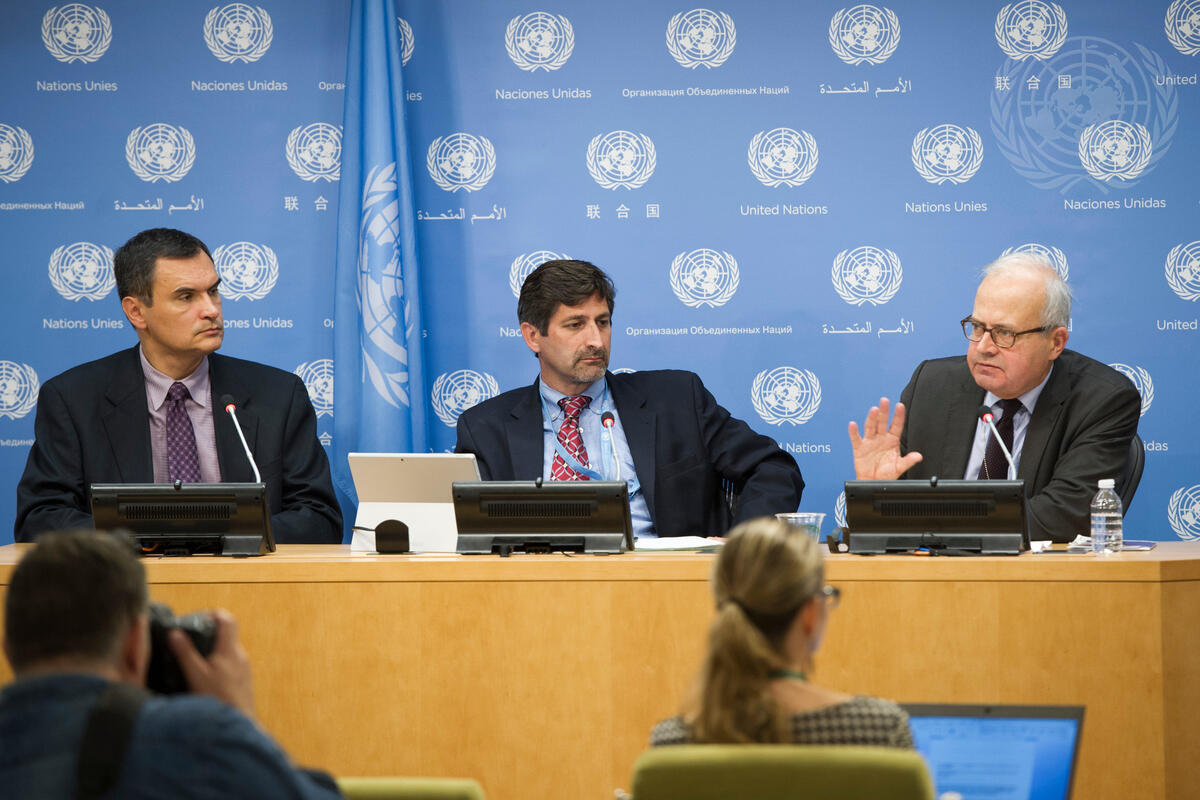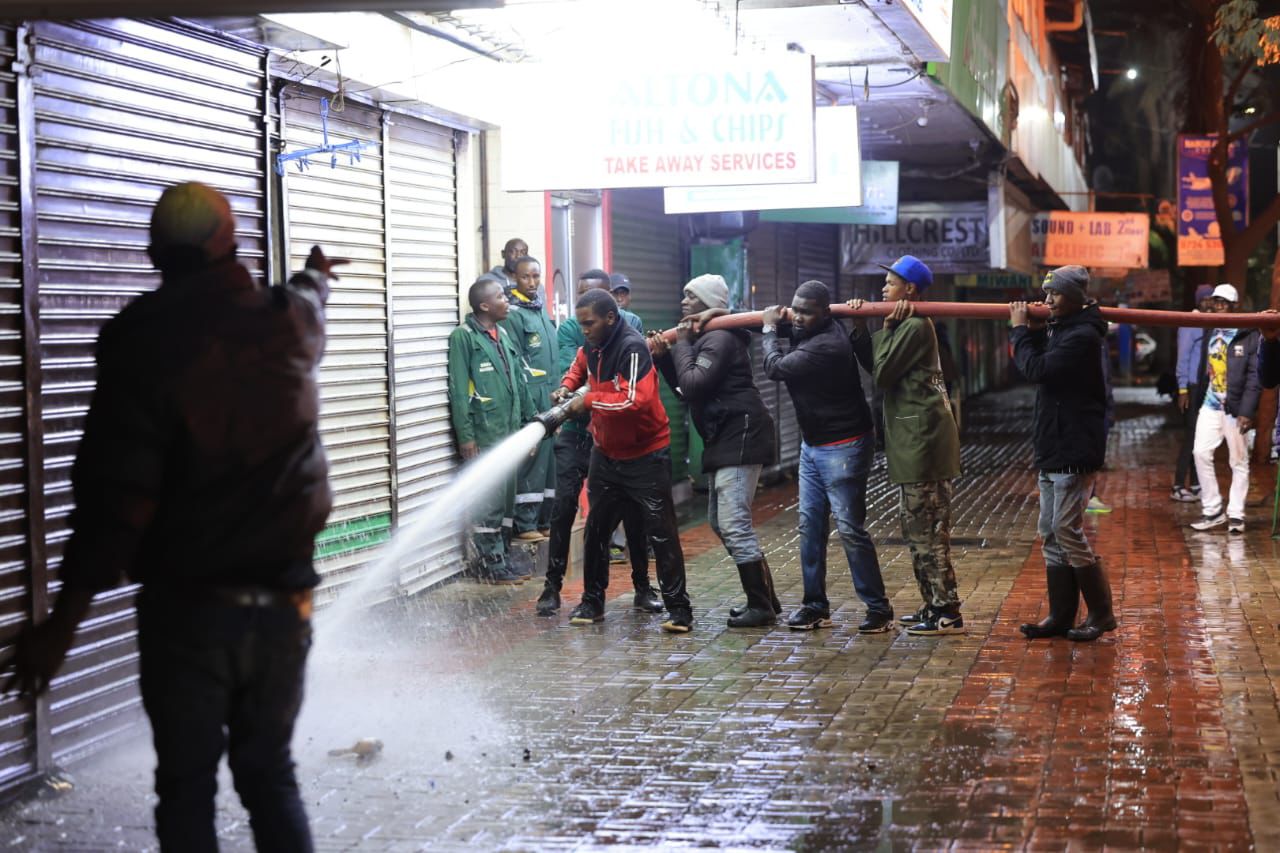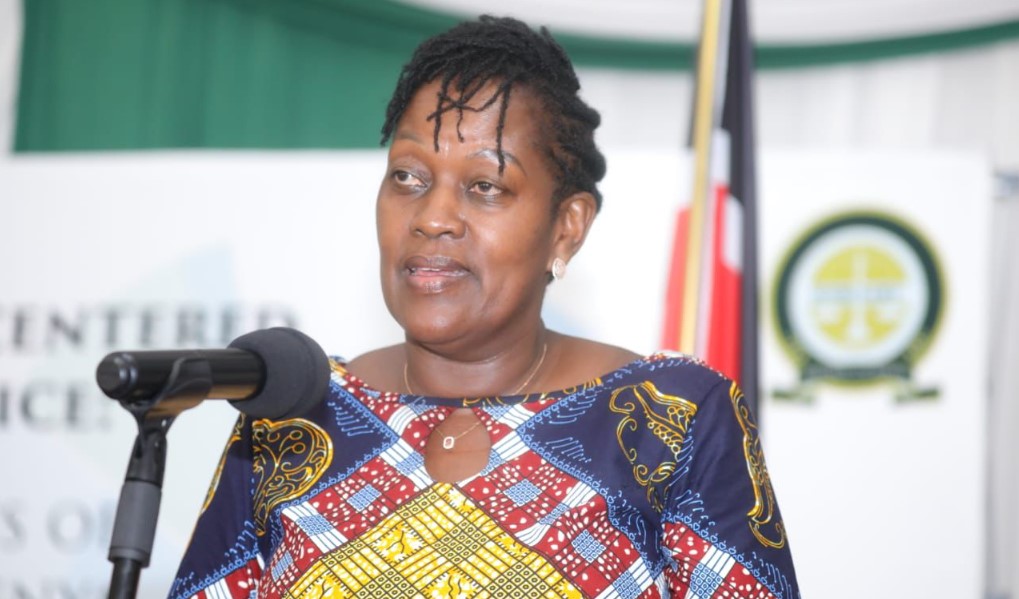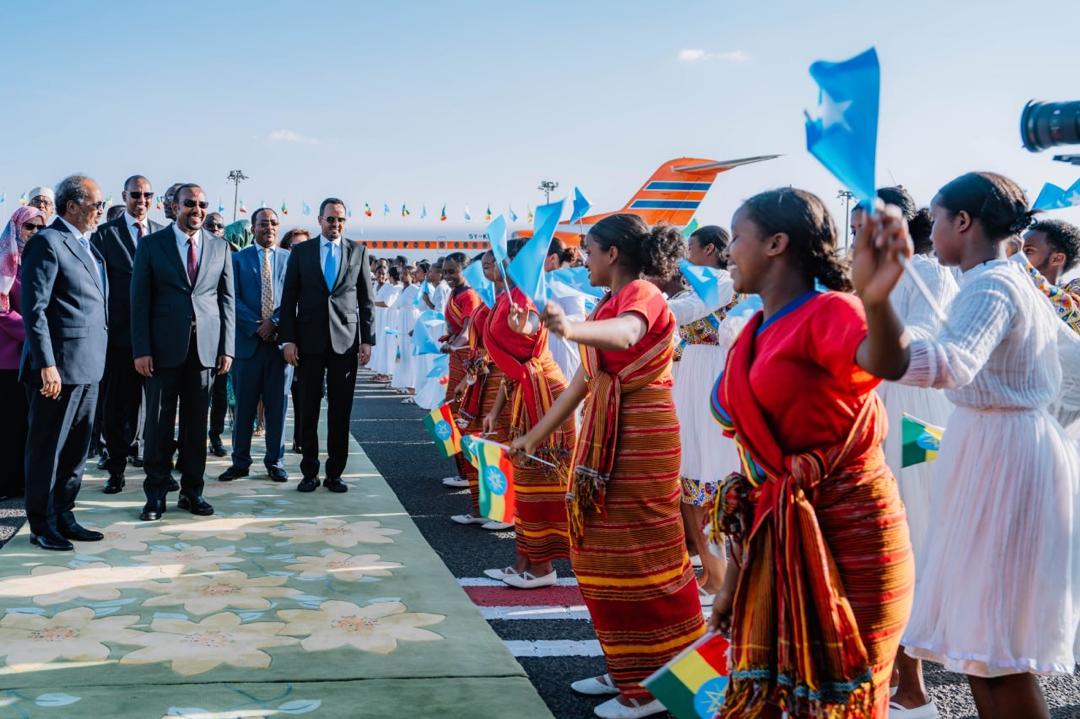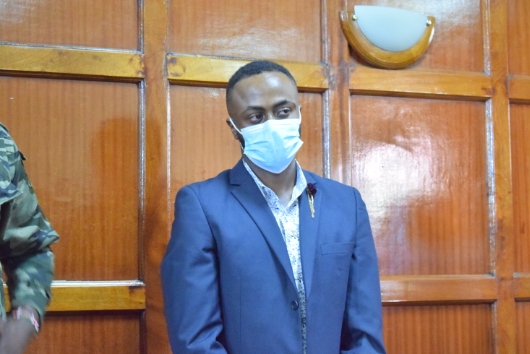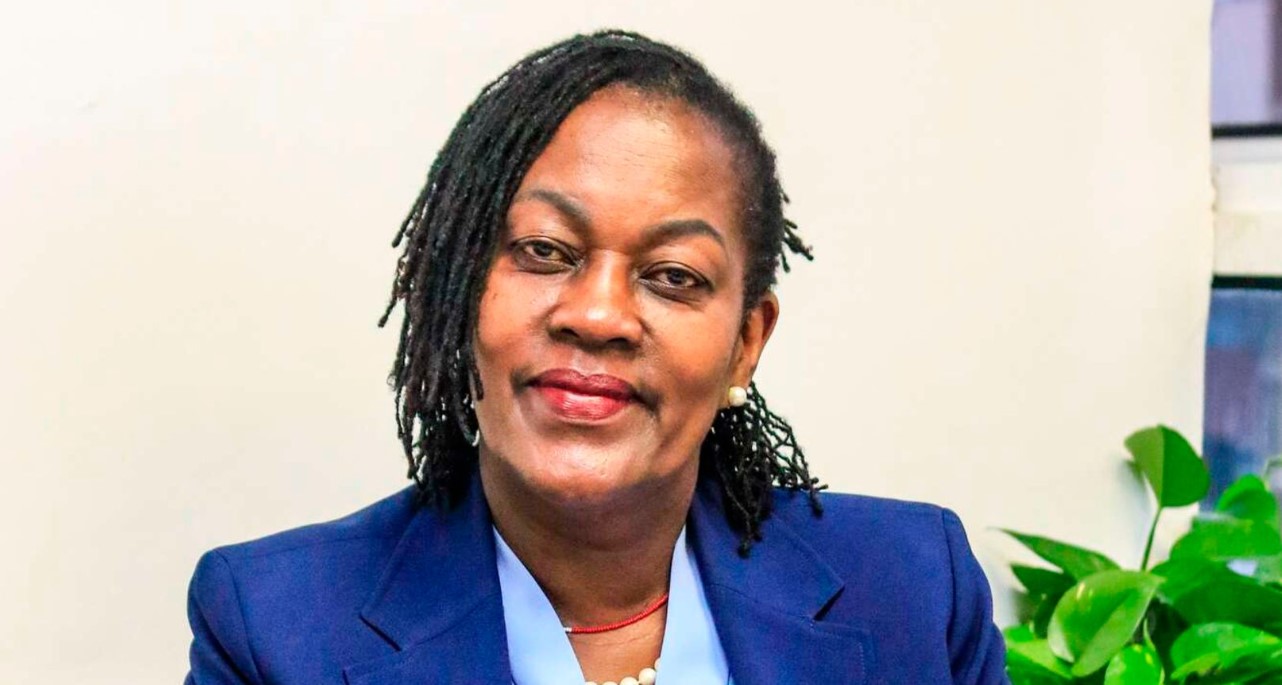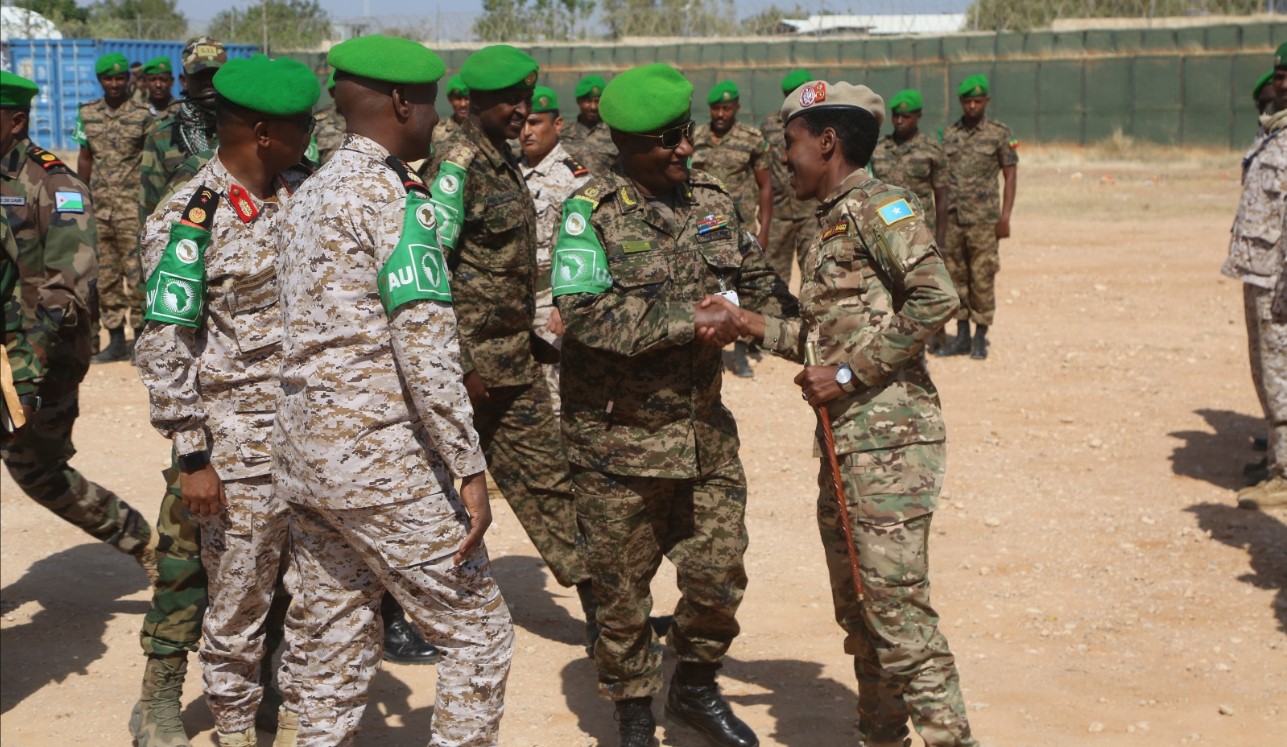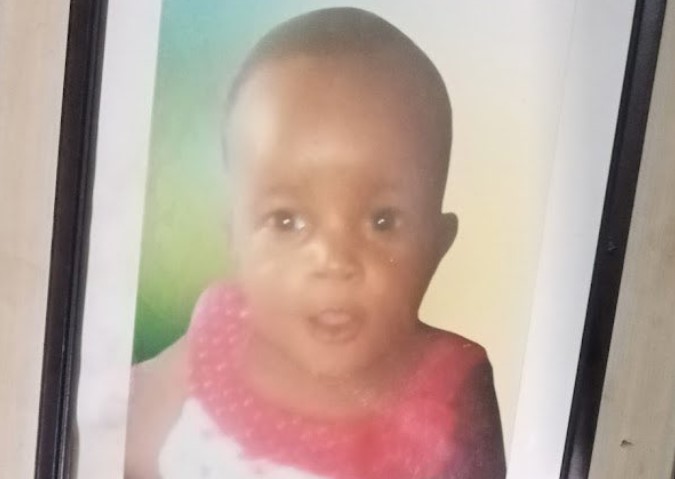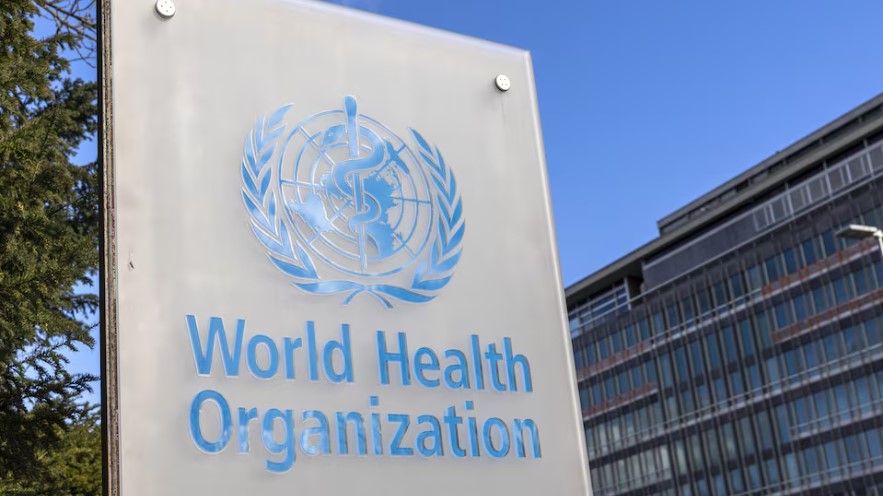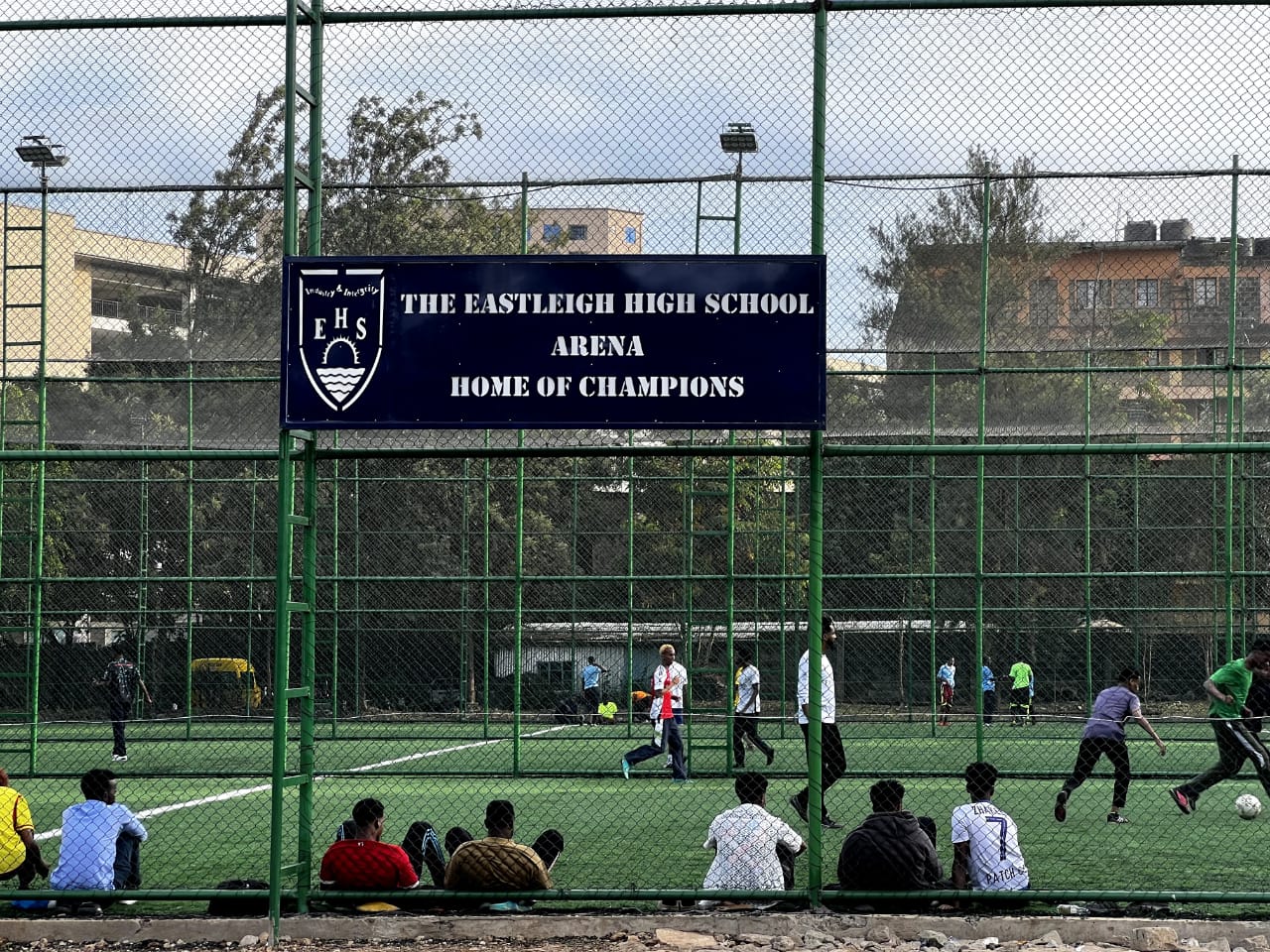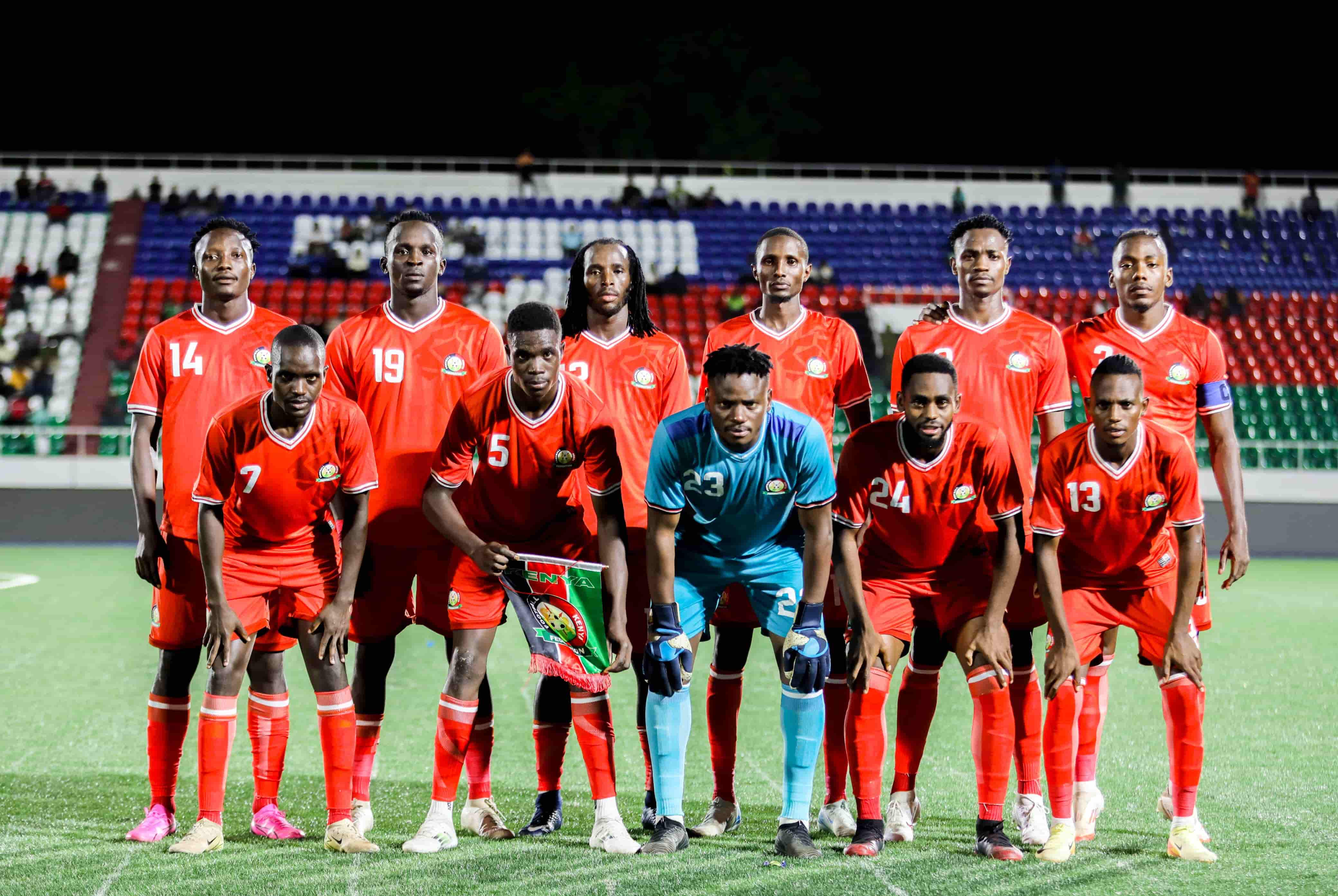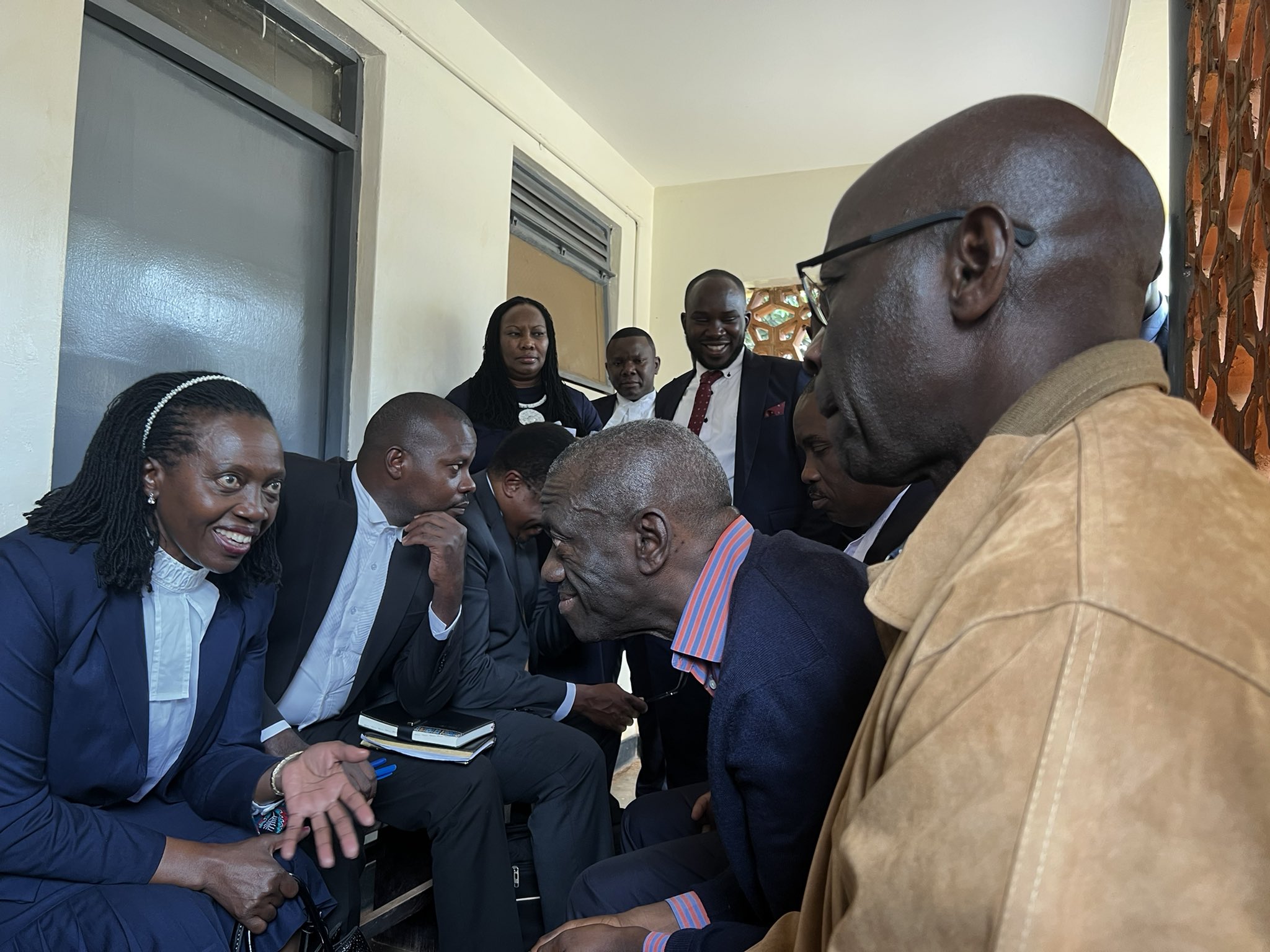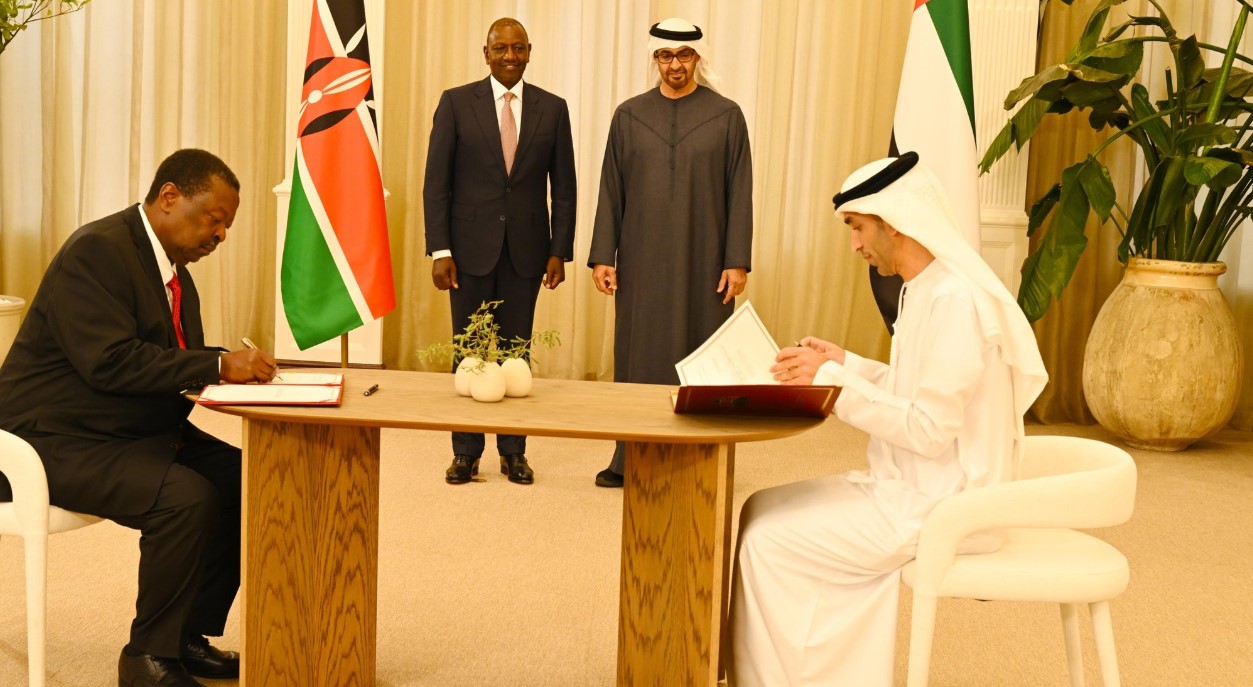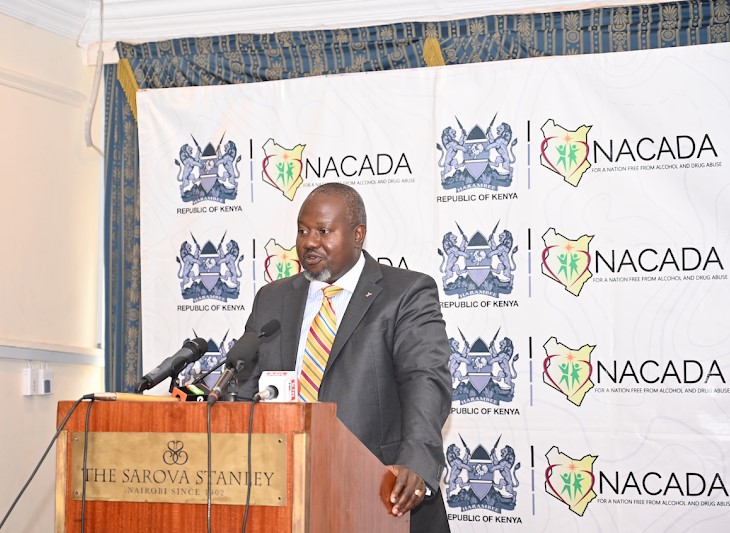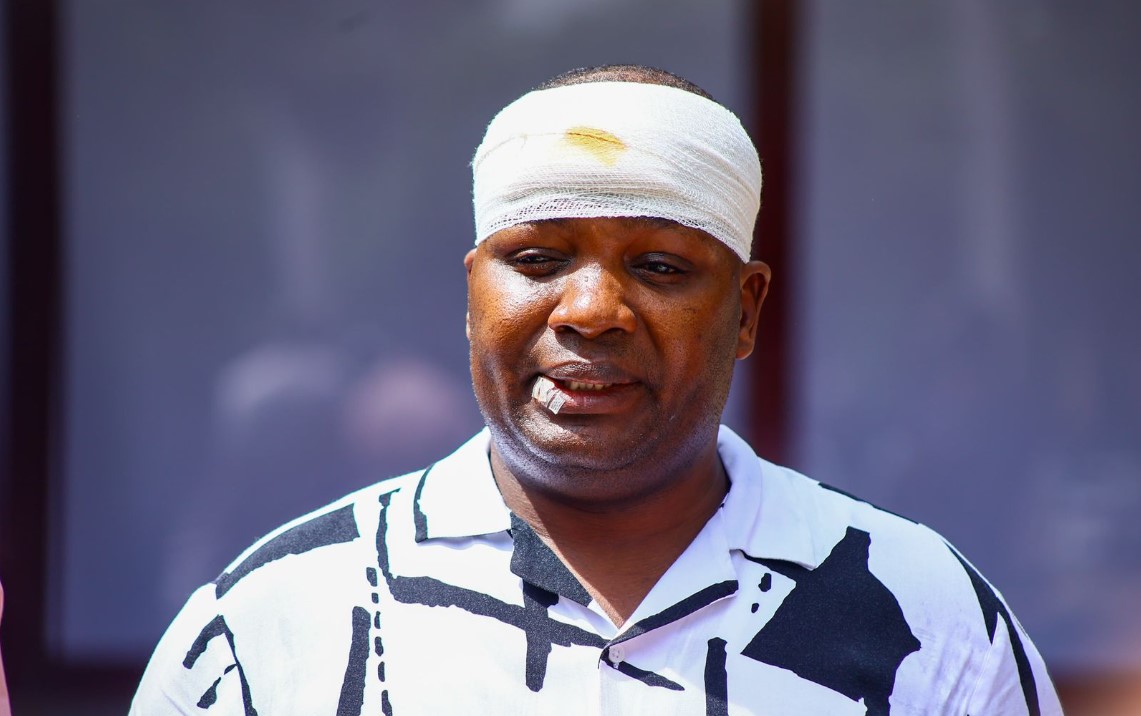Military spending in DRC, South Sudan rose fastest in the world in 2023 - report
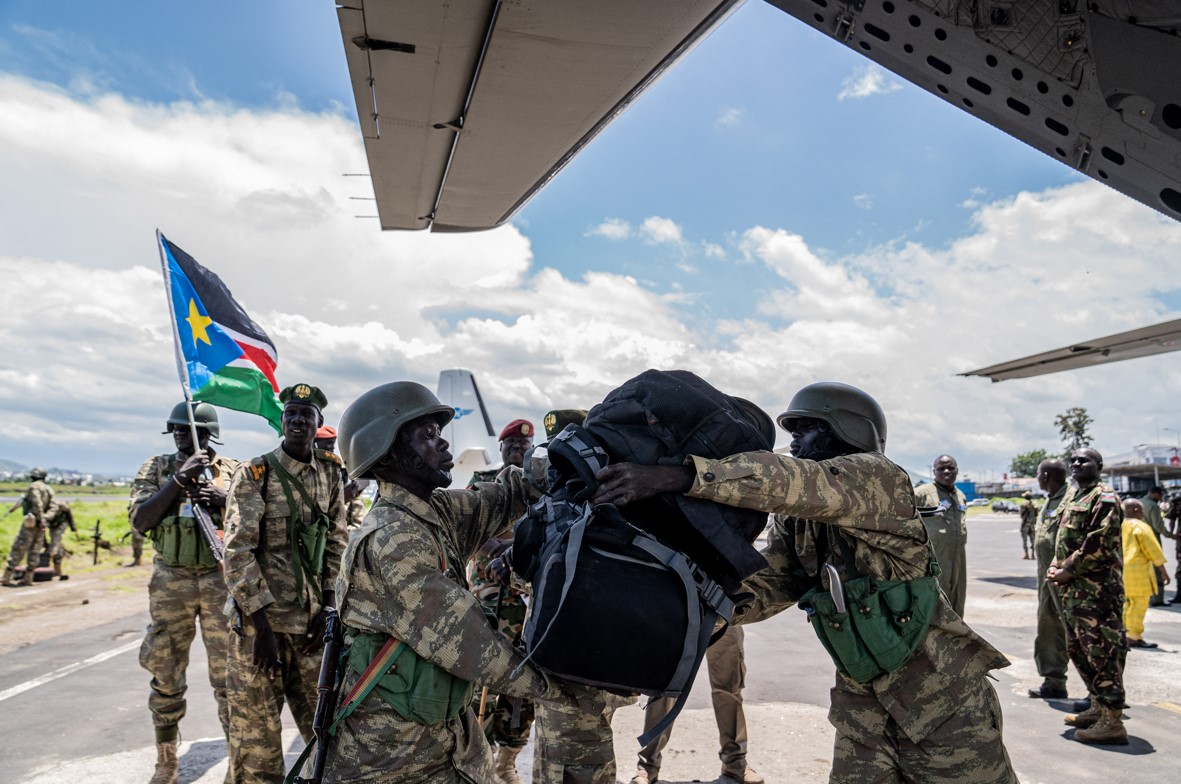
The DRC’s military spending had the highest increase in the world in 2023. Its US$794 million spending was 105 per cent higher than in 2022.
Global military expenditure is dominated by the United States and China, with 49 per cent of total spending between them.
According to the most recent report by the Stockholm International Peace Research Institute, global military spending reached US$2.4 trillion in 2023, a 6.8% increase in 2022.
More To Read
- M23 conflict escalates in eastern DRC as rebels defend ‘existential war’
- Congolese President Felix Tshisekedi sacks military top brass in major reshuffle
- Congo files criminal complaints against Apple in France, Belgium over conflict minerals
- Congo, Rwanda say peace talks in Angola will not take place
Africa’s military expenditure is comparatively low. In 2023, African countries spent a total of US$51.6 billion, accounting for 2.1 per cent of the world total. Still, this figure was a huge jump of 22 per cent from the previous year.
Two countries in Africa – the Democratic Republic of Congo (DRC) and South Sudan – registered the highest year-on-year increases in the world.
The growth in spending is also reflected in overall government budget priorities. The average military spending as a share of government expenditure by African countries increased from 6.6 per cent in 2022 to 7.2 per cent in 2023, a rise of 0.6 percentage points.
The huge 2023 jump was mainly driven by two countries ravaged by internal conflict – the DRC and South Sudan – and Algeria, which is experiencing a fossil fuel export boom. Together, their increases accounted for 87 per cent of the overall rise in Africa’s spending.
The DRC’s military spending had the highest increase in the world in 2023. Its US$794 million spending was 105 per cent higher than in 2022. South Sudan had the second-highest increase. Following a 108 per cent increase in 2022, military spending rose by another 78 per cent in 2023, reaching US$1.1 billion.
Higher military expenditures can divert resources away from essential socio-economic areas such as education, healthcare and infrastructure. This may hinder efforts to improve living standards, reduce poverty and promote human development. That, in turn, can feed a cycle of instability and insecurity in a country or region.
Responding to conflict
The increase in the DRC’s military spending coincides with growing tensions between the country and its neighbour, Rwanda, and clashes over territory and natural resources involving the DRC armed forces and militia groups such as the 23 March Movement (M23).
For example, in 2023 the DRC procured Chinese unmanned drones to combat the M23 in the east of the country. The spending also reflects the country’s plan to enhance military capabilities following its request for the UN’s DRC mission, Monusco, to leave.
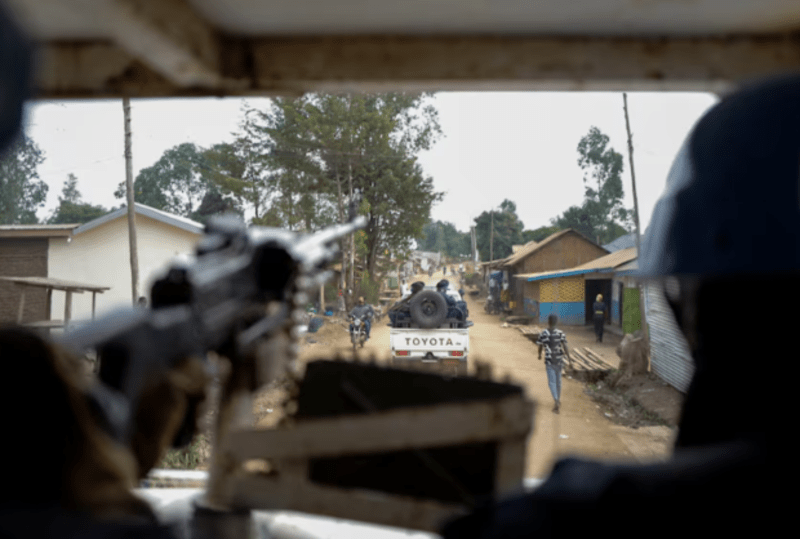 MONUSCO peacekeepers patrol towards the Kigonze camp for the internally displaced people in Bunia, in the Ituri province of the Democratic Republic of Congo, on March 2, 2023. (Photo: File/Reuters)
MONUSCO peacekeepers patrol towards the Kigonze camp for the internally displaced people in Bunia, in the Ituri province of the Democratic Republic of Congo, on March 2, 2023. (Photo: File/Reuters)
South Sudan’s growth figures relate to the escalation of violence in the Abyei region over oil rights and land infringements and the security crisis in neighbouring Sudan. In 2023, clashes between the Sudanese Armed Forces and the paramilitary Rapid Support Forces in Sudan led millions of refugees to flee to South Sudan and added to regional security challenges.
In contrast to the DRC, the ongoing UN arms embargo meant that the increase in South Sudan’s spending went mostly to personnel expenditure. It is bolstering its military presence near the Sudanese border.
Security at what cost?
The increase in military spending by the DRC and South Sudan in 2023 comes at an important time. Both countries need to address growing insecurity, but there is a trade-off with scarce resources needed for critical societal issues.
The DRC (180th) and South Sudan (192nd) both rank low on the United Nations Human Development Index of 193 countries. The index, which takes in education and health outcomes as well as gross national income, provides an overview of a country’s development status.
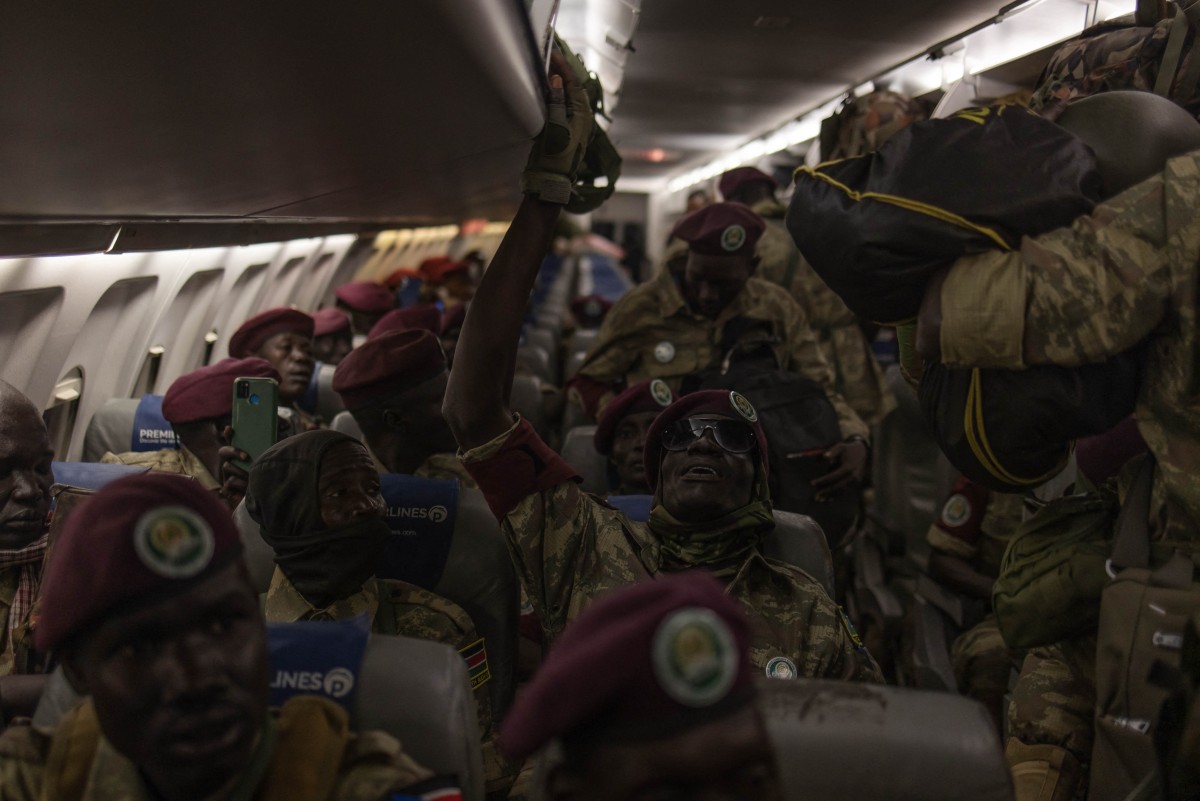 Members of the South Sudan People's Defence Force of the East African Community Regional Force (EAC-RF) sit on the plane before leaving the Democratic Republic of Congo at Goma airport on December 8, 2023. (Photo by Guerchom Ndebo / AFP)
Members of the South Sudan People's Defence Force of the East African Community Regional Force (EAC-RF) sit on the plane before leaving the Democratic Republic of Congo at Goma airport on December 8, 2023. (Photo by Guerchom Ndebo / AFP)
Given their low Human Development Index rankings, investment in health, education and economic growth is essential to improving development outcomes. An extra dollar spent on the military potentially crowds out spending for human development.
What’s more, the DRC hosted 7.1 million displaced people in 2023, making it the African country with the second-highest number of displaced people, after Sudan. South Sudan currently hosts 4.6 million displaced people, the highest percentage of displaced people in its total population in Africa. Both countries need substantial financial resources to support these displaced populations.
Conclusion
The military has the crucial role of ensuring national security and internal stability. But upward military spending trends have implications that should not be overlooked.
In addition to the trade-off effects between military and socio-economic development, governments that allocate substantial resources to the military can inadvertently increase the political power of the military.
This will in turn lower both civilian control and oversight and increase the risk of an unconstitutional change of government (coups). The end effect might be country cases like Burkina Faso and Mali with growing state repression and human rights violations.
Lara Maria Guedes Gonçalves Costa contributed to some of the analysis on which this article is based.
Trending
